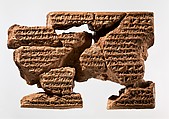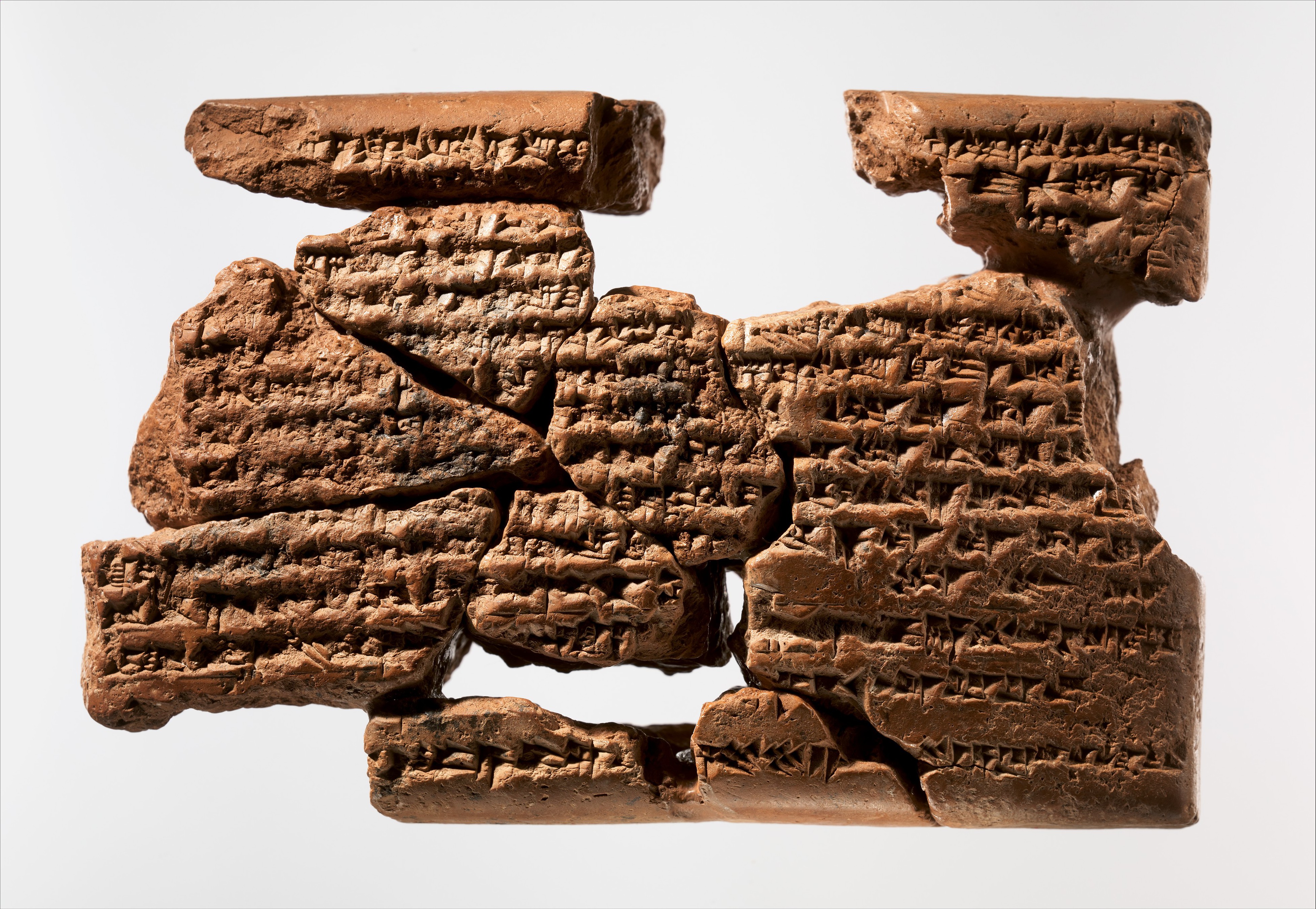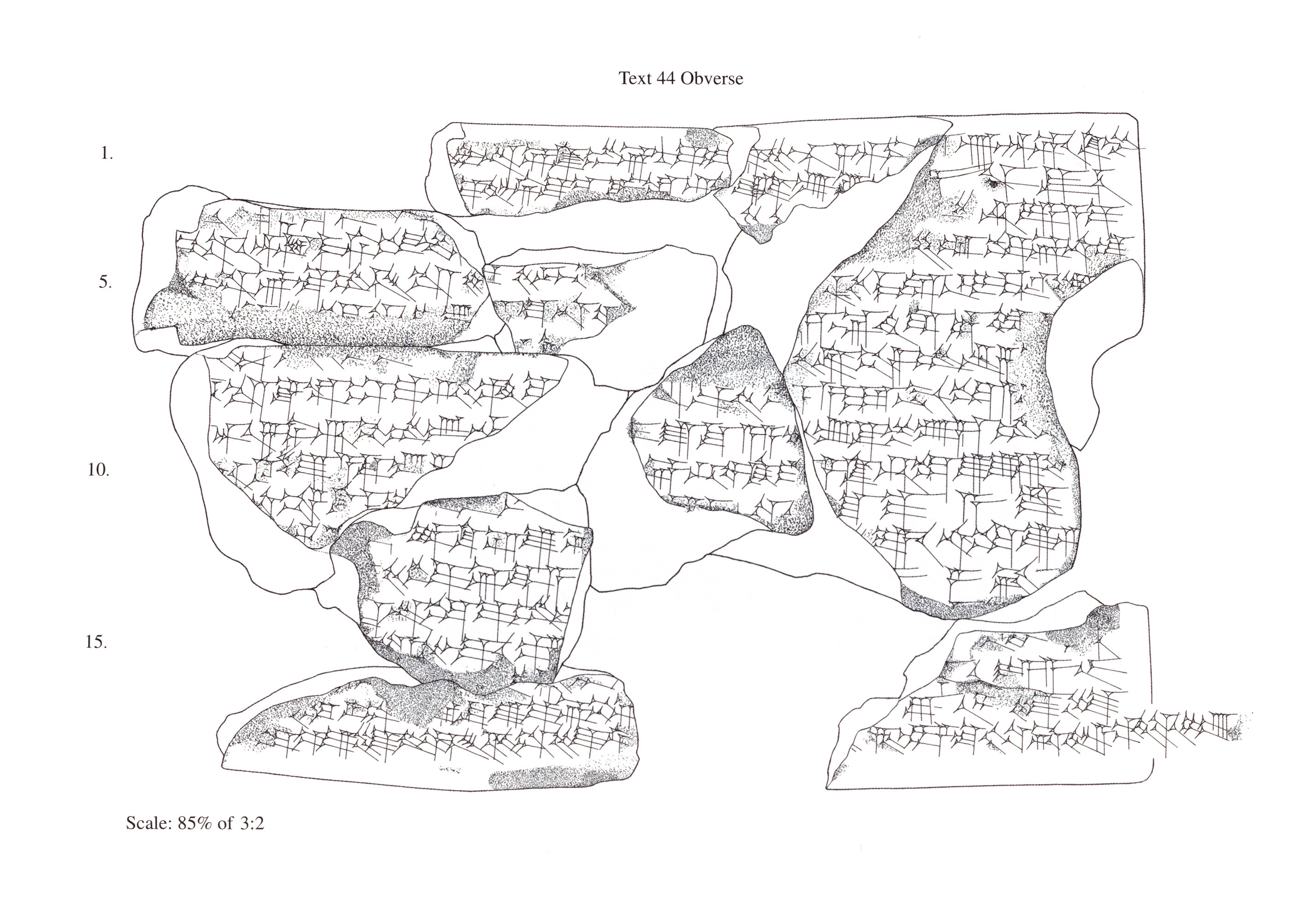Cuneiform tablet: letter of Sin-sharra-ishkun to Nabopolassar
Not on view
This tablet is a later copy of a letter from the last days of the Assyrian empire. In it, the last Assyrian king, Sin-sharra-ishkun, appears to reach out to the Babylonian king Nabopolassar, recognizing the latter’s rule and pleading to retain his own kingdom. The letter represents a great reversal in fortunes: despite frequent rebellions, Babylonia had for centuries been held under Assyrian rule, and at the beginning of his reign Sin-sharra-ishkun himself seems to have had some success in suppressing a rebellion there. By the time this letter was written the tide had turned, and, incredibly, Sin-sharra-ishkun repeatedly addresses Nabopolassar as "the king my lord." We do not have the Babylonian king’s answer in the form of a letter, but he must have rejected its terms: over the following years a coalition led by Babylonia and Media, a state in western Iran, destroyed the Assyrian capitals, and Nabopolassar, ruling from Babylon, came to inherit most of Assyria’s former empire. This letter may have been a response to another surviving piece of correspondence, in which Nabopolassar threatens (or perhaps declares) war, and a desperate attempt by Sin-sharra-ishkun to persuade Nabopolassar to switch allegiances, abandoning his alliance with Media for one with Assyria.
The tablet itself is a copy dating to the second century B.C., but the original letter was written over four-hundred years earlier in the late seventh century B.C.; its preservation and copying show that it must have been regarded as historically important even in antiquity.
The tablet is not complete and is made up of the following fragments in the Metropolitan's collection: 86.11.370a, c-e and 86.11.383c-e.
Due to rights restrictions, this image cannot be enlarged, viewed at full screen, or downloaded.
This artwork is meant to be viewed from right to left. Scroll left to view more.





